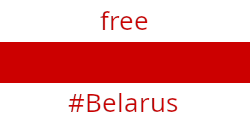Stream ciphers and message integrity
21 Jun 2017One of my favorite things to do around Christmas is to participate in SANS Holiday Hack Challenges. These challenges are a fun way to learn and practice hacking skills. They are released once a year around Christmas and cover a broad range of technologies, tools and hacking techniques. Aside from the high quality of the exercises in an extremely gamified environment, these challenges are: 1) absolutely free; 2) available indefinitely, so folks can play year-round, going back to past challenges as they wish.
The 2016 challenge included many tasks such as reverse engineering a mobile application, Linux hacking, password cracking, network dump analysis and, of course, web application hacking. One of the web sites had a vulnerability allowing an attacker to modify their session cookie to escalate privileges from guest to administrator. This was trivial to accomplish after getting possession of the application’s source code along with the hardcoded encryption key. But what if the key was not known?
This article will demonstrate a practical attack on RC4 ciphertext to make controlled changes in the decrypted plaintext without knowing the encryption key. The technique relies on certain properties of stream ciphers.
continue reading...